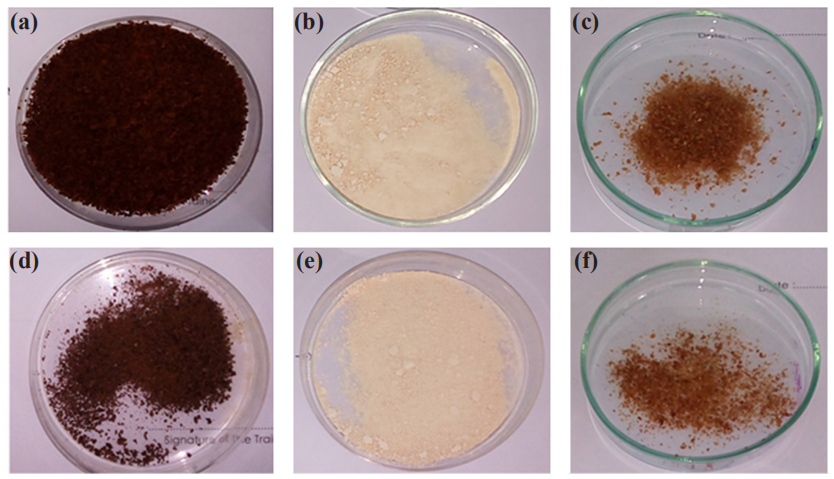Dietary Fiber Profiling of Different Parts of Burmese Grape (Baccaurea ramiflora) and Their Application
DOI:
https://doi.org/10.37256/fse.122020582Keywords:
Baccaurea ramiflora, profiling, dietary fiber, Alcohol Insoluble Solid (AIS), extraction, purification, prebiotic, yogurtAbstract
The present study was conducted aiming at isolation and profiling of the crude dietary fiber (DF) (cellulose, hemicellulose, and pectin) from different parts (seed and peel) of the Burmese grape; a local fruit containing numerous health benefits. The extracted and purified fiber was added to yogurt and the sensory quality of the potential prebiotic yogurt was assessed. Major parts of the Burmese grape are seed, peel, and pulp with a calculated portion of around 19.44%, 36.11%, and 44.45% respectively of the whole fruit. Alcohol Insoluble Solids (AIS) were isolated and found at a level of 51.80% and 72.48% in the seed and peel respectively. The polysaccharides of the AISs were fractionated by extracting sequentially with suitable solvents into cellulose, hemicellulose, and pectin. The extracted pectin, hemicellulose, and cellulose were found to be 38%, 11.56%, and 40% from the peel and 21.24%, 23.36%, and 36.92% from the seed respectively. The extracted crude DF was then purified and the final content of the pectin, hemicellulose, and cellulose in the peel was found as 7.63%, 2.92%, and 32.19% and in seed 3.04%, 1.26%, and 6.34% respectively. Among all the extracted and purified DF, the hemicellulose content was the lowest and the cellulose content was the highest both in peel and seed. The purified DF was added to yogurt at a level of 0%, 1%, 1.3%, and 1.5%, to prepare a control and three potential prebiotic yogurt samples. Despite having potential health benefits of prebiotic yogurt, participated panelists preferred control one during sensory evaluation compared to the dietary fiber added yogurt.


